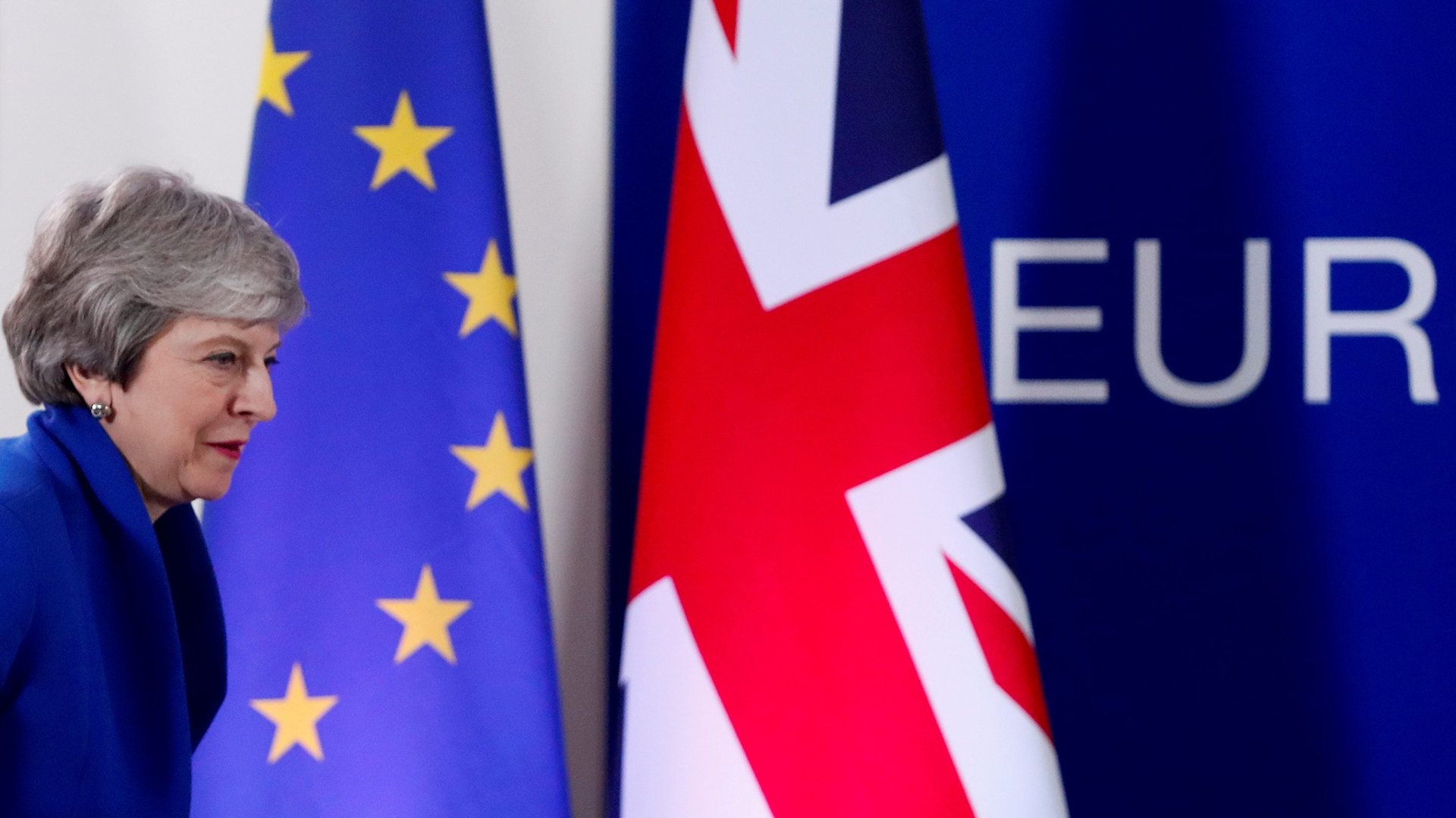The pound is on a record losing streak against the euro
How’s Brexit going, you ask? Well, the pound is on its longest losing streak against the euro in history. Yesterday marked the 13th consecutive trading day with a decline against the common European currency, with the pound losing 3.5% over that period.


How’s Brexit going, you ask? Well, the pound is on its longest losing streak against the euro in history. Yesterday marked the 13th consecutive trading day with a decline against the common European currency, with the pound losing 3.5% over that period.
The last time the pound recorded such an extended streak against the euro was in September 2007, when sterling fell for 11 straight trading sessions against the euro, shedding 3.4% in the process. Despite the length of these streaks, the effect of the decline doesn’t compare to the aftermath of the 2016 Brexit referendum: In just two days after the vote, the pound fell nearly 9% against the euro.
Today, as of the time of writing, the pound is flat against the euro, at €1.135, the lowest since mid-February. Against the US dollar, the pound is at $1.264, the lowest since early January.
Pressure is mounting on British prime minister Theresa May to resign after she proposed putting her withdrawal agreement to a vote in Parliament for a fourth time. Talks with the opposition Labour party have broken down and the leader of the House of Commons, a key cabinet post, resigned yesterday. (May has faced more resignations by cabinet members than any other prime minister in recent history.)
A group of members of the Conservative party held a secret ballot this week to decide whether to change the party’s rules to allow for another no confidence vote against May, forcing a leadership election. The results were sealed and the group, known as the 1922 committee, have said they will unseal it if May won’t resign by June 10.
Either way, May’s time as prime minster looks to be coming to an end, and a new leader may be more willing to take the UK out of the EU without a withdrawal agreement (that is, with no transitional arrangements). Today, the UK is holding elections for the European Parliament, months after the country was supposed to have left the EU. The hardline Brexit Party is projected to win the largest share of the vote.